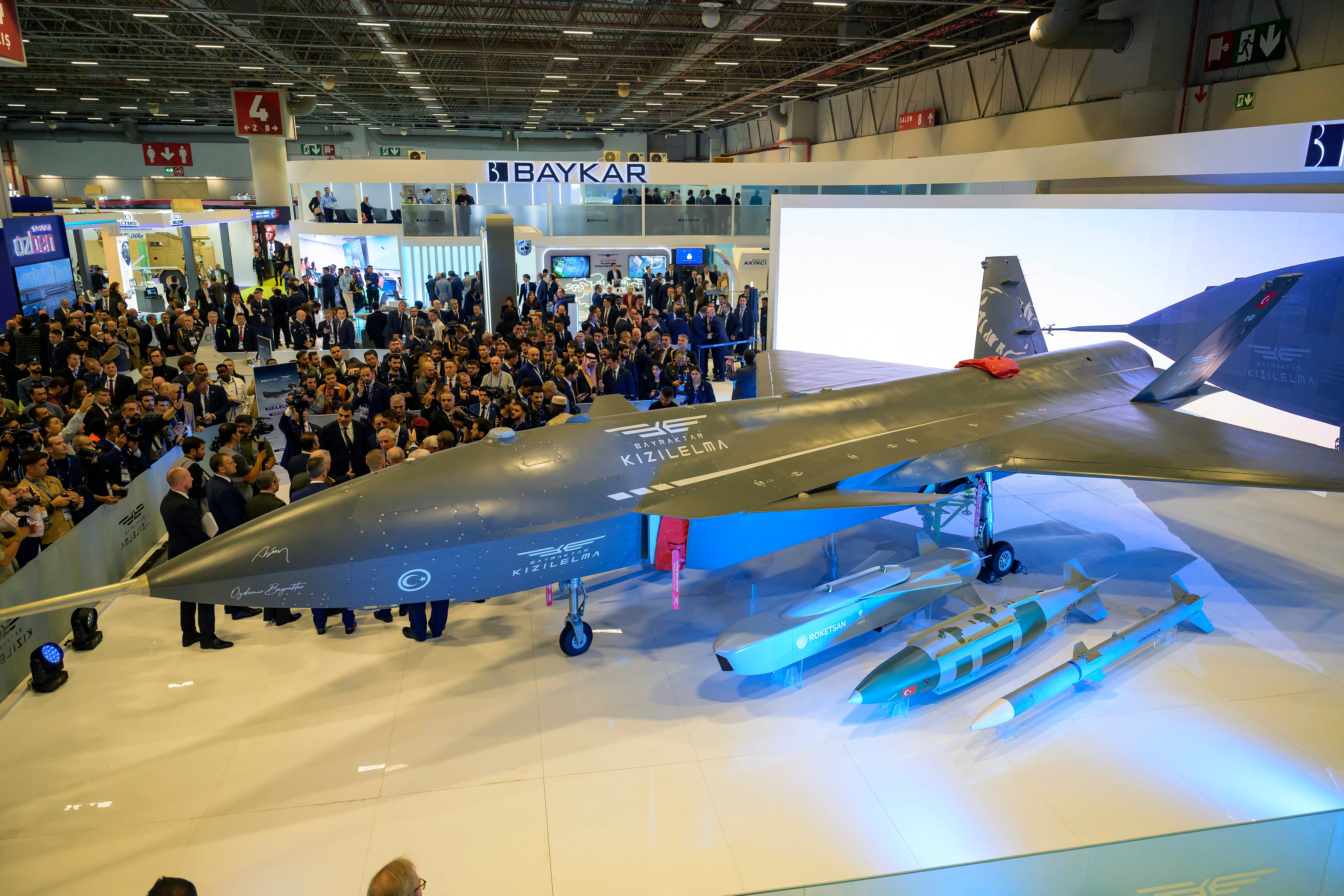The Army is pushing forward with the engineering, manufacturing and development (EMD) of its Common Infrared Countermeasure (CIRCM) program, using open architecture to build a system designed to protect aircraft from infrared-guided missile threats. The program is on track for final testing and fielding in fiscal 2019, according to Army officials.
CIRCM is the follow-on to the existing Advanced Threat Infrared Countermeasures program, boosting aircraft survivability through laser-based defenses, officials told reporters on a Jan. 6 conference call.
"The [man-portable air-defense systems or MANPAD] threat fires at our aviation aircraft, our helicopters; we detect the threat [and] the CIRCM system will acquire and track the threat, then emit laser energy to defeat the MANPAD threat," said LTC Kevin Chaney, product manager for aircraft survivability equipment (ASE) countermeasures. "Once that's done, the engagement will be over."
Chaney and COL Jong Lee, project manager for ASE, said that CIRCM is designed around the principles of open architecture so it can interface with different missile warning systems, even those belonging to other services. The open-architecture approach also allows upgrades without requiring a total redesign, which boostsing longevity, they said.
"It's an opportunity for us to inject different systems. We have an architecture that allows us to let other systems be more interoperable with other sensors and processors…we're trying to have a design that is flexible and allows us to incorporate the latest technologies," Lee said. "Computing power progresses and updates very quickly so want to make sure we don't get bogged down…and can respond quickly to changing technology and threats."
Lee added that the approach means the Army isn't tied to any specific vendor or software, increasing flexibility and creating a boon for military and industry alike.
"This benefits not only the government but also creates an opportunity for competition," Lee said. "Open architecture allows us to number one, be responsive to threats and number two, incorporate the latest technology which may be available from different vendors. And that's critical."
The officials said CIRCM will integrate with other aircraft survivability and defense systems, and will go on all Army aircraft platforms.
The Army in August awarded Northrop Grumman with an initial $35 million engineering and manufacturing development contract for CIRCM, which faced protest by BAE Systems, which manufactured the legacy Advanced Threat Infrared Countermeasure system. BAE later dropped its protest after reaching a settlement with the Army; officials on the call declined to discuss the settlement.
The Army in August awarded Northrop Grumman an initial $35 million engineering and manufacturing development contract for CIRCM, which BAE Systems, the Advanced Threat Infrared Countermeasure system manufacturer, protested. BAE later dropped its protest after reaching a settlement with the Army; officials on the call declined to discuss the settlement.








